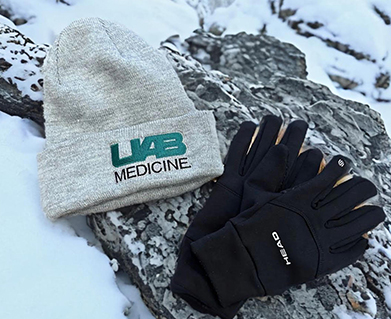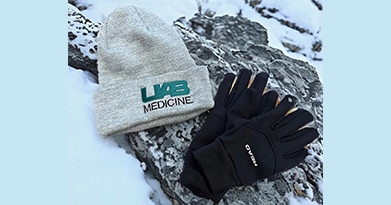
Winter's icy tendrils creep in, beckoning athletes outdoors with the promise of exhilarating runs, frosty ski slopes, and adrenaline-pumping hockey matches. But alongside the thrill lurks a hidden foe: cold injuries. These silent saboteurs can turn a joyous winter workout into a frustrating sideline saga. Fear not, brave winter warriors! This comprehensive guide equips you with the knowledge to outsmart the chill and keep your sports passion ablaze even as the mercury plummets.
Understanding the Enemy:
First, let's dissect the icy beasts we face. Cold injuries come in three main forms:
- Hypothermia: When your core temperature dips dangerously low, shivering, confusion, and slurred speech are just the tip of the iceberg. This life-threatening condition demands immediate medical attention.
- Freezing injuries: Frostbite targets exposed extremities like fingers, toes, ears, and nose. Crystals form in tissues, causing burning, numbness, and eventually, tissue death if left untreated.
- Non-freezing injuries: Chilblains and trench foot arise from prolonged exposure to damp, cold conditions. These painful inflammations require careful monitoring and treatment to prevent complications.
The Art of Winter Warfare:
Now, let's arm ourselves against these icy threats:
- Dress for Success: Layering is key! Start with a moisture-wicking base layer, followed by an insulating mid-layer, and top it off with a waterproof outer shell. Remember, gloves, hats, and face protection are your shields against windchill, the cruel multiplier of the cold's bite.
- Warm Up Wisely: Don't rush into the winter wonderland. Dynamic stretches and light cardio, like jumping jacks or running in place, kick-start your blood flow and prepare your muscles for action.
- Fuel Your Furnace: Carbohydrates and warm beverages keep your internal furnace stoked. Avoid alcohol and caffeine, as they can paradoxically lead to heat loss.
- Listen to Your Body: Don't be a hero! Shivering, numbness, and tingling are your body's red flags. Seek shelter, warm up, and consult a doctor if symptoms persist.
- Hydration Hero: Don't let the cold fool you into forgetting hydration. Drinking water is crucial for maintaining proper blood flow and regulating body temperature. Carry an insulated bottle and sip regularly, even if you don't feel thirsty.
- Foot Fancy: Choose footwear designed for the elements. Waterproof boots or shoes with good traction are essential for preventing moisture buildup and slips. Socks made from insulating materials like wool or merino wool keep your toes toasty.
- Sunscreen Surprise: Yes, even in winter! The sun's rays can still reflect off snow and ice, causing sunburn. Don't forget to protect your exposed skin with SPF 30 or higher sunscreen.
Conquering Specific Sports:
Different sports demand customized cold-busting strategies:
- Winter Runners: Opt for reflective gear for low-light conditions. Consider traction devices like Yaktrax for icy roads. Invest in a windproof face mask to protect your lungs from frigid air.
- Skiers and Snowboarders: Layer strategically for easy ventilation during downhill bursts and warmth during chairlift rides. Pack hand warmers for extra toastiness. Be aware of avalanche risks and dress accordingly.
- Hockey Players: Layering under protective gear can be tricky. Choose thin, insulating layers that wick away moisture without hindering movement. Wear a neck warmer to prevent windchill on exposed skin.
Beyond the Basics:
Remember, preparation is your ultimate weapon:
- Check the forecast: Plan your activity around windchill and weather conditions. Avoid venturing out in extreme cold or blizzard conditions.
- Buddy System: Always exercise with a partner, especially in remote areas. Look out for each other and be ready to assist if needed.
- Emergency Kit: Pack a basic first-aid kit, including hand warmers, space blankets, and a waterproof lighter, for unexpected situations.
- Know Your Limits: Don't push yourself beyond your endurance. Take breaks, warm up in shelters, and adjust your activity level according to your comfort and the conditions.
Beyond the Physical:
Remember, mental resilience is as crucial as physical preparedness:
- Positive Mindset: Embrace the challenge! See the cold as an opportunity to test your limits and build winter warrior pride.
- Visualization: Imagine yourself conquering the terrain, warm and focused. Mentally rehearse your movements for peak performance.
- Celebrate the Season: Appreciate the beauty of winter. Let the snowflakes paint your cheeks and the frosty air invigorate your lungs. Find joy in the unique challenges and triumphs of winter sports.
Closing the Ice Age:
Conquering cold injuries can be difficult and uncomfortable, but adequate preparation can help you maintain fitness and activity during the coldest months of the year.







